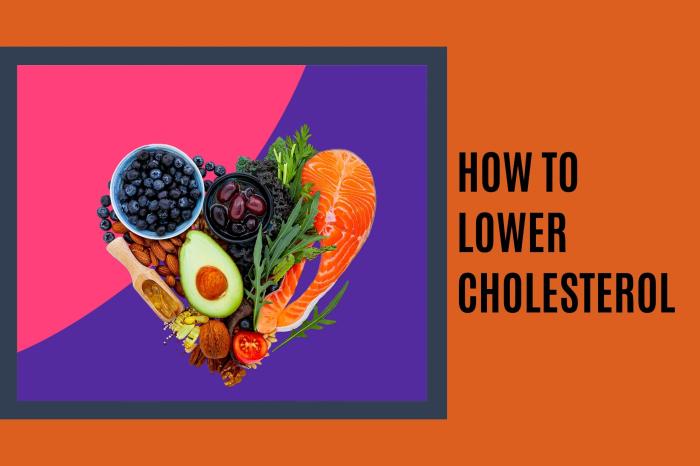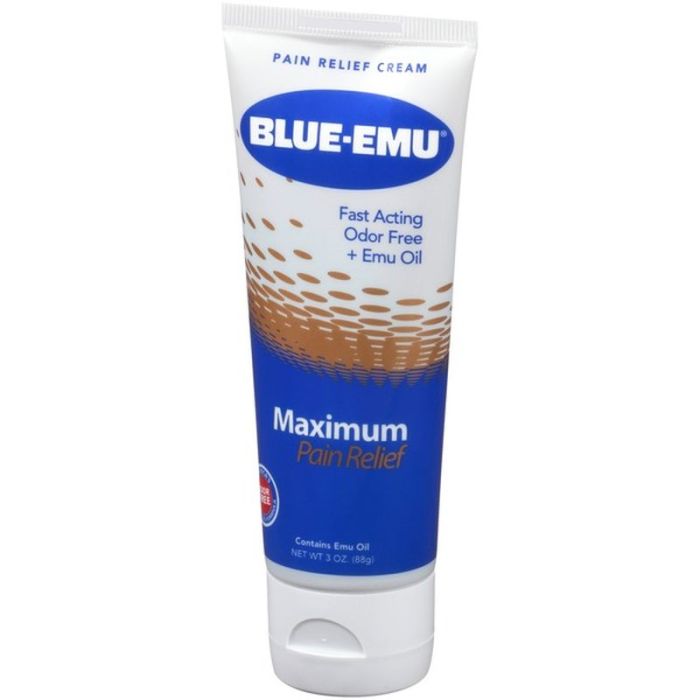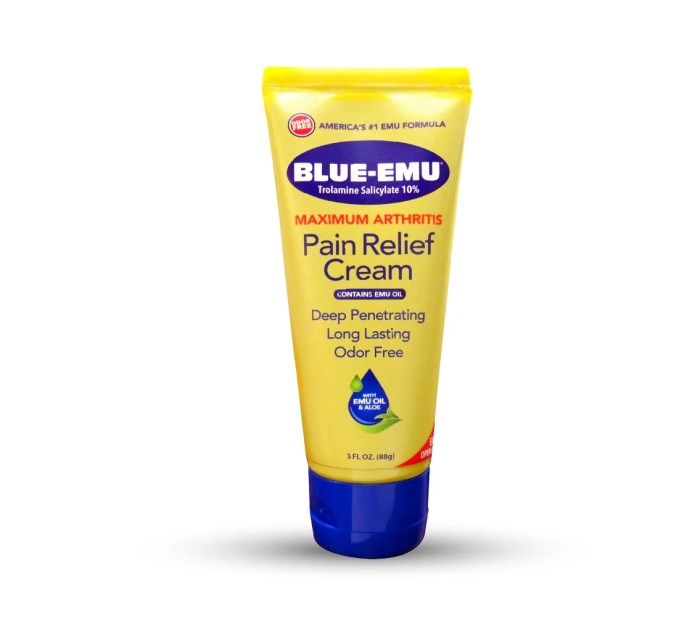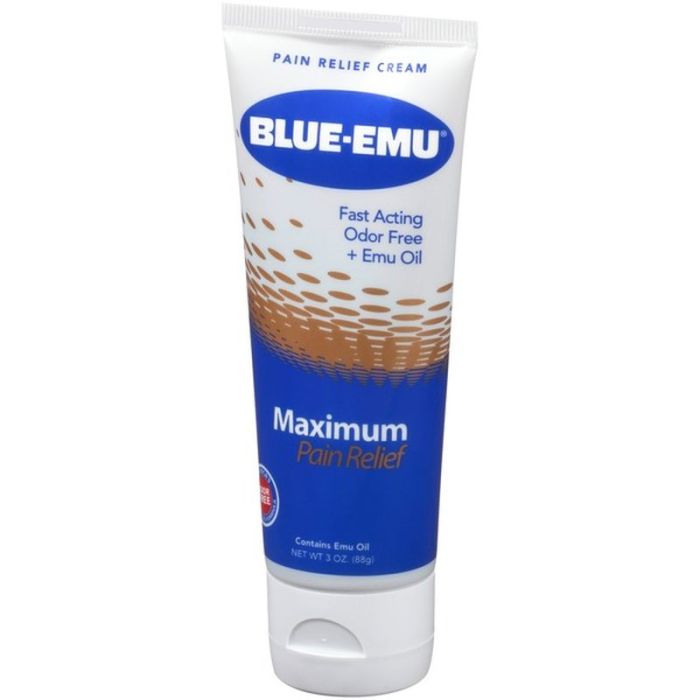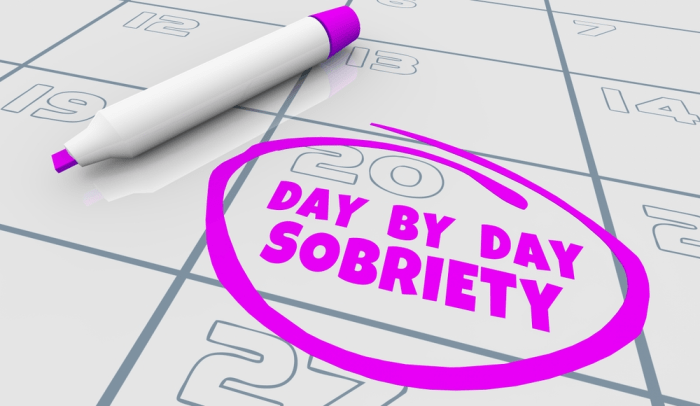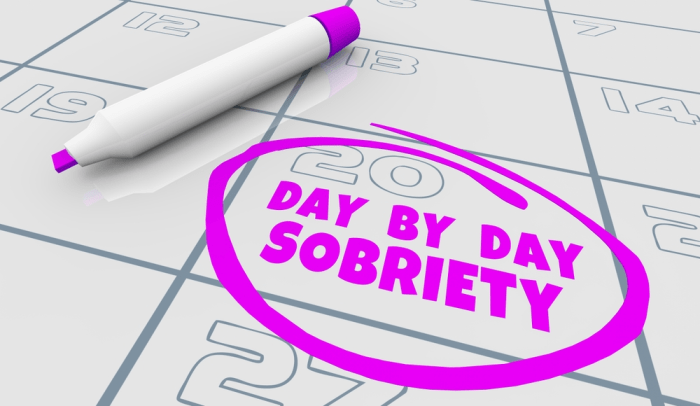Ways to lower your LDL cholesterol sets the stage for this enthralling narrative, offering readers a glimpse into a journey of understanding and proactive health management. We’ll delve into dietary changes, lifestyle modifications, medications, and monitoring strategies, all aimed at achieving optimal LDL cholesterol levels. This comprehensive guide will equip you with the knowledge and tools needed to take control of your health and well-being.
This exploration will cover a range of topics, from understanding the basics of LDL cholesterol and its role in the body, to practical dietary strategies, exercise recommendations, and the role of medications. We’ll also touch upon stress management and the importance of consulting healthcare professionals. Throughout, we’ll provide real-world examples and actionable advice to make this knowledge personally relevant and empower you to take the first steps towards better health.
Dietary Changes
Dietary changes are a cornerstone of effectively managing LDL cholesterol levels. A well-structured diet, tailored to reduce LDL cholesterol, can significantly impact overall cardiovascular health. This approach focuses on incorporating nutrient-rich foods while strategically eliminating others that contribute to high LDL cholesterol. The effectiveness of different dietary strategies will be examined, alongside practical meal planning advice.
Foods to Include
Consuming foods rich in soluble fiber is crucial for lowering LDL cholesterol. These fibers bind to cholesterol in the digestive tract, preventing its absorption into the bloodstream. Examples include oats, barley, beans, lentils, and fruits like apples and citrus fruits. Additionally, foods rich in unsaturated fats, like avocados, nuts (almonds, walnuts, cashews), and olive oil, are beneficial.
Lowering your LDL cholesterol is a great step towards better heart health. While diet and exercise are key, sometimes a small lump under the skin can be a concern. Knowing the possible causes and when to see a doctor is important, as outlined in this helpful article about lump under skin causes and when to worry.
Ultimately, a holistic approach, including regular checkups and healthy lifestyle choices, is the best way to keep your LDL cholesterol in check.
These fats help raise HDL (“good”) cholesterol while simultaneously lowering LDL.
Foods to Exclude
Saturated and trans fats are significant contributors to high LDL cholesterol. Foods high in saturated fat, such as red meat, full-fat dairy products (butter, cheese), and processed meats, should be consumed in moderation or avoided altogether. Trans fats, often found in fried foods, baked goods, and processed snacks, are particularly detrimental to cholesterol levels. Replacing these unhealthy fats with healthier alternatives is key to reducing LDL cholesterol.
Dietary Approaches
Various dietary approaches can be implemented to manage LDL cholesterol. The Mediterranean diet, rich in fruits, vegetables, whole grains, and healthy fats, is widely recognized for its cholesterol-lowering benefits. The DASH (Dietary Approaches to Stop Hypertension) diet, emphasizing fruits, vegetables, and low-fat dairy, is also effective in lowering LDL cholesterol while promoting overall cardiovascular health. Both emphasize plant-based foods, lean protein sources, and healthy fats.
Portion Control
Portion control is essential for any dietary approach aimed at lowering LDL cholesterol. Even healthy foods can contribute to weight gain and elevated cholesterol levels if consumed in excessive amounts. Monitoring portion sizes and practicing mindful eating habits are crucial for achieving and maintaining optimal cholesterol levels.
Sample Weekly Meal Plan
This sample meal plan highlights foods beneficial for lowering LDL cholesterol. Adjust portion sizes based on individual needs and calorie requirements. Remember to consult with a healthcare professional or registered dietitian for personalized dietary advice.
- Monday: Oatmeal with berries and nuts, grilled chicken salad with mixed greens, baked sweet potato.
- Tuesday: Lentil soup, whole-wheat bread, mixed green salad with olive oil dressing.
- Wednesday: Baked salmon with roasted vegetables (broccoli, carrots, zucchini), quinoa.
- Thursday: Chicken stir-fry with brown rice, steamed broccoli, and a side salad.
- Friday: Mediterranean-style platter with hummus, vegetables, whole-wheat pita bread, grilled fish.
- Saturday: Black bean burgers on whole-wheat buns, sweet potato fries, and a side salad.
- Sunday: Lean ground turkey with roasted vegetables, whole-wheat pasta.
Food Impact Table
| Food | LDL Impact | Brief Description |
|---|---|---|
| Oatmeal | Positive | High in soluble fiber, helping lower LDL cholesterol. |
| Red Meat | Negative | High in saturated fat, contributing to higher LDL cholesterol. |
| Avocados | Positive | Rich in healthy monounsaturated fats, beneficial for heart health. |
| Olive Oil | Positive | Source of healthy monounsaturated fats, aiding in lowering LDL. |
| Whole Grains | Positive | Provide fiber and complex carbohydrates, promoting healthy cholesterol levels. |
| Processed Meats | Negative | High in saturated fat and sodium, impacting LDL levels negatively. |
| Fruits and Vegetables | Positive | Rich in vitamins, minerals, and fiber, supporting overall health and cholesterol management. |
Lifestyle Modifications
Beyond dietary changes, lifestyle modifications play a crucial role in managing and reducing LDL cholesterol levels. These modifications encompass a range of activities and choices that influence overall health and contribute to better cholesterol control. Incorporating these changes into daily routines can significantly improve cardiovascular health and reduce the risk of associated diseases.
Physical Activity
Regular physical activity is essential for maintaining healthy cholesterol levels. Exercise helps increase high-density lipoprotein (HDL) cholesterol, often referred to as “good” cholesterol, while simultaneously lowering LDL cholesterol. This positive effect is achieved through various mechanisms, including improved metabolism and reduced inflammation.
- Aerobic exercises, such as brisk walking, jogging, swimming, or cycling, are particularly effective in lowering LDL cholesterol. These activities increase heart rate and breathing, boosting cardiovascular fitness and improving cholesterol profiles.
- Strength training exercises, like weightlifting or resistance training, also contribute to overall health and can indirectly influence cholesterol levels. Muscle mass helps improve metabolism, which can positively impact cholesterol management.
- Aim for at least 150 minutes of moderate-intensity aerobic activity or 75 minutes of vigorous-intensity aerobic activity per week, along with muscle-strengthening activities on two or more days a week. Consistency is key to seeing results.
Stress Management
Chronic stress can negatively impact cholesterol levels. Stress hormones can increase LDL cholesterol production and reduce HDL cholesterol, leading to a less favorable cholesterol profile. Effective stress management techniques are crucial for maintaining healthy cholesterol levels.
- Stress-reducing activities such as yoga, meditation, deep breathing exercises, or spending time in nature can help regulate stress hormones and positively impact cholesterol levels.
- Prioritizing sleep, maintaining a healthy diet, and engaging in hobbies or activities that bring joy can also help manage stress effectively.
Smoking and Alcohol Consumption
Smoking significantly elevates LDL cholesterol and damages blood vessels, increasing the risk of cardiovascular diseases. Excessive alcohol consumption also has a negative impact on cholesterol levels. Quitting smoking and moderating alcohol intake are crucial steps in managing LDL cholesterol and overall health.
- Smoking damages blood vessels, reducing their elasticity and increasing the risk of plaque buildup, which contributes to elevated LDL cholesterol levels. Quitting smoking is a significant step towards improving cardiovascular health.
- Excessive alcohol consumption can raise LDL cholesterol and triglycerides, negatively impacting overall cholesterol balance. Moderation in alcohol intake is recommended for maintaining healthy cholesterol levels.
Strategies for Incorporation
Incorporating these lifestyle modifications into daily routines requires a gradual and sustainable approach. Small, consistent changes over time are more likely to be maintained than drastic, short-term adjustments.
- Scheduling regular exercise times into the weekly calendar helps maintain consistency. Find activities that are enjoyable to sustain long-term commitment.
- Integrating stress-reducing techniques, such as meditation or deep breathing exercises, into daily routines can significantly lower stress levels.
- Setting realistic goals and gradually increasing activity levels can help individuals adapt to new routines.
Lifestyle Choices and Their Effects
| Lifestyle Choice | Potential Effect on LDL Cholesterol |
|---|---|
| Regular Exercise | Reduces LDL cholesterol, increases HDL cholesterol |
| Stress Management | Improves cholesterol profile by regulating stress hormones |
| Smoking Cessation | Reduces LDL cholesterol, improves blood vessel health |
| Moderate Alcohol Consumption | Potential impact on cholesterol, moderation is key |
Medications and Supplements
Lowering LDL cholesterol through lifestyle changes is often a crucial first step, but sometimes medication and supplements are necessary. This section delves into the various pharmaceutical options and dietary supplements that can be used to manage LDL cholesterol levels. Understanding the potential benefits and risks associated with these interventions is paramount.Medications and supplements, while offering potential benefits, should not be considered a replacement for healthy lifestyle choices.
They are often used in conjunction with dietary changes and exercise for optimal results. Remember, always consult a healthcare professional before starting any new medication or supplement regimen.
Cholesterol-Lowering Medications
Statins are the most common class of medications used to lower LDL cholesterol. They work by inhibiting an enzyme in the liver that produces cholesterol. This leads to a reduction in LDL cholesterol levels and often an increase in HDL cholesterol levels.
- Statins: These medications are highly effective at lowering LDL cholesterol. Common statins include atorvastatin (Lipitor), simvastatin (Zocor), rosuvastatin (Crestor), and others. They typically produce significant reductions in LDL-C, often in the range of 20-50%. Statins have been extensively studied and are generally considered safe and well-tolerated by many.
- Bile Acid Sequestrants: These medications bind to bile acids in the digestive tract, preventing their reabsorption. This forces the liver to use cholesterol to produce more bile acids, thus lowering LDL cholesterol levels. Common examples include cholestyramine (Questran) and colesevelam (Welchol). While generally safe, side effects such as bloating and constipation are possible.
- PCSK9 Inhibitors: These newer medications target a protein (PCSK9) that promotes the removal of LDL receptors from the liver, thereby decreasing the removal of LDL cholesterol from the blood. They are typically prescribed for patients with very high LDL cholesterol levels or those who do not respond adequately to other medications. Examples include evolocumab (Repatha) and alirocumab (Praluent). They often result in significant reductions in LDL-C levels, sometimes even more than statins.
However, they come with a higher cost compared to statins.
Potential Side Effects of Cholesterol-Lowering Medications
It’s important to acknowledge that while these medications are generally safe, potential side effects can occur. These can range from mild to more serious, and it’s crucial to discuss any concerns with a doctor.
Lowering your LDL cholesterol can be tricky, but a healthy diet and regular exercise are great starting points. Sometimes, though, waking up with stomach pain might be a sign of something more serious , and it’s crucial to get it checked out by a doctor. Regardless, sticking to a heart-healthy lifestyle with plenty of fruits and vegetables, along with good sleep, can significantly improve your LDL cholesterol levels over time.
- Statins: Muscle pain (myalgia) is a common side effect, though it’s usually mild and temporary. In rare cases, more serious muscle damage (rhabdomyolysis) can occur. Liver problems are also possible, though uncommon.
- Bile Acid Sequestrants: Bloating, gas, and constipation are common side effects. These are typically mild and often resolve with continued use. In rare cases, malabsorption of fat-soluble vitamins can occur.
- PCSK9 Inhibitors: The most common side effects are usually mild and include injection site reactions (for injectable versions) and upper respiratory infections. More serious side effects are rare but possible.
Cholesterol-Lowering Supplements
While many supplements claim to lower cholesterol, evidence supporting their effectiveness is often limited. It’s essential to consult with a healthcare professional before taking any supplements.
- Fiber Supplements: Certain types of soluble fiber, like psyllium husk, can help reduce LDL cholesterol. However, their impact is typically modest, and the effects may not be as significant as those seen with medications.
- Red Yeast Rice: This supplement contains a natural form of monacolin K, a substance similar to statins. While it may lower LDL cholesterol, its efficacy and safety remain a subject of ongoing debate. Always check with your doctor before using it.
- Other Supplements: Many other supplements are marketed for cholesterol reduction, but robust clinical evidence for their effectiveness is often lacking. Always consult with your doctor to determine if any supplements are suitable for you.
Comparison of Medications
| Medication Class | Effectiveness | Side Effects | Cost |
|---|---|---|---|
| Statins | High | Mild (muscle pain), rare serious | Moderate |
| Bile Acid Sequestrants | Moderate | Gastrointestinal | Low |
| PCSK9 Inhibitors | High | Mild (injection site reactions), rare serious | High |
Importance of Professional Consultation
“Always consult with a healthcare professional before starting any medication or supplement regimen. They can assess your individual needs, risks, and potential benefits to develop a personalized plan.”
It’s crucial to discuss your medical history, current health conditions, and any other medications you are taking with your doctor. This personalized approach is vital to ensure safety and efficacy.
Monitoring and Management
Maintaining healthy LDL cholesterol levels is a long-term commitment that requires consistent effort and proactive monitoring. Regular check-ups and understanding your body’s response to lifestyle changes are crucial for successful management. This proactive approach helps you stay informed about your cholesterol levels and allows for timely adjustments to your plan, ensuring long-term well-being.Regular cholesterol checks are essential for assessing your LDL cholesterol levels and identifying any potential risks.
Monitoring these levels allows you to detect any deviations from the healthy range early, enabling you to make necessary adjustments to your lifestyle or medication regimen. Proactive monitoring enables early intervention to prevent potential health complications associated with high LDL cholesterol.
Importance of Regular Cholesterol Checks
Regular blood tests are vital for assessing your LDL cholesterol levels and identifying potential health risks early. These tests provide a snapshot of your current cholesterol levels, enabling you to detect any deviations from a healthy range. This allows for timely interventions, preventing the development of more serious health complications. Frequent monitoring allows you to see how your lifestyle changes are impacting your cholesterol, which is essential for adapting your plan and achieving long-term success.
Role of a Healthcare Professional
A healthcare professional plays a crucial role in monitoring and managing LDL cholesterol. They provide personalized guidance based on your individual needs and medical history. They assess your current health status, including any pre-existing conditions, and tailor a management plan that aligns with your specific requirements. A healthcare professional can also monitor the effectiveness of your lifestyle changes and medication, making necessary adjustments as needed.
They are instrumental in providing support and ensuring the long-term success of your cholesterol management strategy.
Tracking LDL Cholesterol Levels Over Time
Tracking LDL cholesterol levels over time allows you to assess the effectiveness of your lifestyle modifications and/or medication. By consistently monitoring your levels, you can identify trends and patterns, enabling you to make adjustments to your approach if necessary. This data-driven approach allows for a more targeted and effective management strategy. Regular documentation of your LDL cholesterol levels alongside your lifestyle modifications (diet, exercise, stress levels) allows for better correlation and a more informed decision-making process.
Maintaining a logbook or using a dedicated app can facilitate this process.
Recommendations for Maintaining a Healthy LDL Cholesterol Level Long-Term, Ways to lower your ldl cholesterol
Maintaining a healthy LDL cholesterol level long-term involves consistent lifestyle changes and regular monitoring. Consistency is key to achieving lasting results. This includes adhering to a balanced diet, engaging in regular physical activity, and managing stress effectively. Regular monitoring with your healthcare professional is also critical. By understanding your individual needs and response to different strategies, you can personalize your approach to achieve and maintain a healthy LDL cholesterol level for the long haul.
Lifestyle Consistency for Sustained Reduction
Lifestyle consistency is paramount for sustained LDL cholesterol reduction. Adherence to a healthy diet, regular exercise, and stress management techniques creates a positive feedback loop that continually supports the body’s ability to regulate cholesterol levels. This consistency prevents the detrimental effects of occasional lapses or fluctuations in lifestyle choices. Consistency in lifestyle habits creates a stable environment that enables your body to maintain healthy cholesterol levels over time.
A consistent approach will lead to more lasting results compared to intermittent or sporadic changes.
Steps in Managing LDL Cholesterol
| Category | Steps |
|---|---|
| Diet |
|
| Exercise |
|
| Medication |
|
Understanding LDL Cholesterol

Low-density lipoprotein cholesterol, or LDL cholesterol, is a crucial component of your body’s lipid transport system. It plays a vital role in delivering cholesterol to cells throughout the body, but an excess of LDL cholesterol can have serious health implications. Understanding what LDL cholesterol is, how it functions, and the factors that influence its levels is essential for maintaining good cardiovascular health.LDL cholesterol is often referred to as “bad” cholesterol because high levels contribute to the buildup of plaque in the arteries.
This plaque buildup, known as atherosclerosis, can restrict blood flow, increasing the risk of heart attack and stroke. Conversely, maintaining healthy LDL cholesterol levels is critical for optimal cardiovascular function.
What is LDL Cholesterol and Its Role?
LDL cholesterol is a type of lipoprotein, a complex of lipids (fats) and proteins, that transports cholesterol throughout the body. It acts as a delivery vehicle, carrying cholesterol from the liver to cells that need it for various functions, including hormone production and cell membrane maintenance. However, excess LDL cholesterol can accumulate in artery walls, leading to plaque formation.
Lowering your LDL cholesterol is a crucial step in overall health, and there are many ways to achieve this. A balanced diet, regular exercise, and managing stress all play a key role. But sometimes, you might experience unusual symptoms, like feeling like your ears are plugged. This could be related to various factors, and exploring the potential causes is important.
If you’re curious about why your ears feel plugged, check out this informative article: why do my ears feel plugged. Regardless of the reason for those plugged ears, maintaining a healthy lifestyle, including those aforementioned methods for lowering your LDL cholesterol, will contribute to your overall well-being.
Factors Influencing LDL Cholesterol Levels
Several factors influence an individual’s LDL cholesterol levels. These factors can be categorized as modifiable and non-modifiable.
- Genetics: Family history of high cholesterol plays a significant role. Inherited genetic predispositions can affect the body’s ability to regulate cholesterol production and removal.
- Diet: A diet high in saturated and trans fats, cholesterol, and processed foods can contribute to elevated LDL cholesterol levels. Conversely, a diet rich in fruits, vegetables, and whole grains can support healthy cholesterol levels.
- Lifestyle: Physical inactivity, smoking, and excessive alcohol consumption can negatively impact LDL cholesterol levels. Regular exercise and maintaining a healthy weight are crucial for managing LDL cholesterol.
- Medical Conditions: Certain medical conditions, such as hypothyroidism and some kidney diseases, can influence cholesterol levels.
Consequences of High LDL Cholesterol
High LDL cholesterol levels contribute to the development of atherosclerosis, a condition characterized by the buildup of plaque in the arteries. This plaque buildup can lead to various cardiovascular complications.
- Heart Attack: Restricted blood flow to the heart muscle due to plaque buildup can lead to a heart attack.
- Stroke: Plaque buildup in the arteries supplying the brain can cause a stroke.
- Peripheral Artery Disease (PAD): Plaque buildup in the arteries supplying the limbs can cause PAD, resulting in pain, numbness, and even tissue damage in the extremities.
- Angina: Chest pain caused by reduced blood flow to the heart muscle.
Types of LDL Cholesterol and Associated Risks
While the term “LDL cholesterol” often refers to a single type, different subtypes exist, with varying degrees of risk. The size and density of the LDL particles can impact their potential for causing harm.
- Small, dense LDL particles: These particles are more likely to penetrate the artery walls and contribute to plaque formation, posing a greater risk of cardiovascular disease.
- Large, buoyant LDL particles: These particles are less likely to penetrate artery walls and contribute to plaque formation, posing a lower risk of cardiovascular disease.
LDL Cholesterol Pathway in the Body
LDL cholesterol travels from the liver to cells throughout the body. The pathway involves several stages.
- Liver Production: The liver produces LDL cholesterol.
- Transport: LDL cholesterol travels through the bloodstream, carrying cholesterol to various cells.
- Cellular Uptake: Cells take up LDL cholesterol as needed.
- Removal: Excess LDL cholesterol is removed from the bloodstream.
Diagram (Conceptual):
A simplified diagram could illustrate the pathway of LDL cholesterol from the liver, through the bloodstream, to various cells, and back to the liver for removal. This diagram would visually represent the transport process.
Comparing LDL Cholesterol with Other Types of Cholesterol
LDL cholesterol is one of several types of cholesterol.
- High-density lipoprotein (HDL) cholesterol: Often referred to as “good” cholesterol, HDL cholesterol helps remove excess cholesterol from the body.
- Triglycerides: Another type of fat in the blood, high triglyceride levels can increase the risk of cardiovascular disease.
Understanding the relationship between LDL, HDL, and triglycerides is crucial for assessing overall cardiovascular health.
Illustrative Examples: Ways To Lower Your Ldl Cholesterol
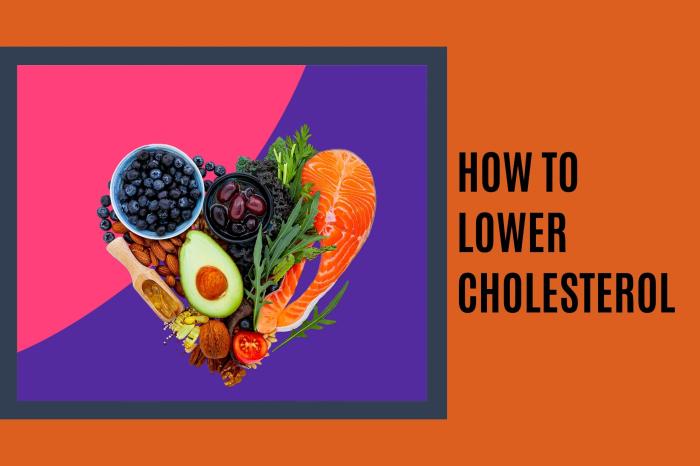
Lowering LDL cholesterol is a journey, not a sprint. Success stories often involve a combination of dietary changes, lifestyle modifications, and, in some cases, medication. Understanding these examples can offer valuable insight into the various approaches and their impact on achieving and maintaining healthy cholesterol levels.
A Healthy Individual’s Success Story
Amelia, a 35-year-old woman with a family history of high cholesterol, actively monitored her LDL levels. Realizing the importance of proactive health management, she incorporated regular exercise into her daily routine. This included brisk walking for 30 minutes most days of the week and incorporating strength training twice a week. She meticulously tracked her food intake, opting for whole grains, lean proteins, and plenty of fruits and vegetables.
By consistently adhering to a healthy diet and lifestyle, Amelia saw a significant reduction in her LDL cholesterol, demonstrating the effectiveness of a comprehensive approach.
A Case Study of Lifestyle Changes
Mr. David, a 50-year-old man with a high LDL cholesterol level, decided to make lifestyle changes. He replaced processed foods with whole grains and lean protein sources. He began incorporating more fruits and vegetables into his meals. He also significantly increased his physical activity by walking for 45 minutes daily.
Over several months, his LDL cholesterol levels decreased substantially, illustrating the positive impact of sustained lifestyle modifications.
Benefits of a Proactive Approach
A proactive approach to managing LDL cholesterol focuses on preventing future health issues by addressing the issue before it becomes a major concern. This approach involves regularly monitoring LDL levels and making necessary lifestyle changes early on. By taking control of one’s health, individuals can significantly reduce their risk of developing heart disease and other related conditions.
Steps to Lower LDL Cholesterol
- Assessment: Begin by consulting a healthcare professional for a comprehensive assessment of your current health status and LDL cholesterol levels. This assessment will help determine the most suitable approach for your specific needs.
- Dietary Modifications: Reduce saturated and trans fats, increase soluble fiber intake, and incorporate healthy fats into your diet. Focus on whole grains, fruits, vegetables, and lean proteins.
- Lifestyle Modifications: Regular physical activity, stress management techniques, and maintaining a healthy weight are crucial. Aim for at least 150 minutes of moderate-intensity or 75 minutes of vigorous-intensity aerobic activity per week.
- Medication and Supplements (if necessary): Your healthcare provider may recommend medications or supplements to help lower LDL cholesterol, if lifestyle changes alone are insufficient.
- Monitoring and Management: Regular check-ups and blood tests are essential to track progress and make necessary adjustments to your plan.
Long-Term Effects of Healthy LDL Levels
Maintaining healthy LDL cholesterol levels over the long term can significantly reduce the risk of cardiovascular disease. This includes a decreased risk of heart attacks, strokes, and other serious health complications. Consistent management contributes to improved overall health and well-being. Studies show that people who maintain healthy LDL cholesterol levels often experience improved energy levels, reduced fatigue, and a greater sense of overall wellness.
Multi-Faceted Approach Examples
Several individuals have benefited from a multifaceted approach to LDL cholesterol management. For instance, Sarah, a 42-year-old woman, combined a low-fat diet rich in fruits and vegetables, regular exercise, and stress-reduction techniques. She also took prescribed medications as needed, demonstrating how a multi-faceted approach can provide optimal results. Such comprehensive strategies can yield remarkable improvements in LDL cholesterol levels and overall health.
Conclusion
In conclusion, lowering LDL cholesterol is a multifaceted process that requires a holistic approach. This guide has provided a comprehensive overview of dietary changes, lifestyle modifications, medications, and monitoring strategies. Remember, consistency is key to long-term success. By adopting these strategies and working closely with your healthcare provider, you can significantly reduce your LDL cholesterol levels and improve your overall health and well-being.
The journey to better heart health begins now!
